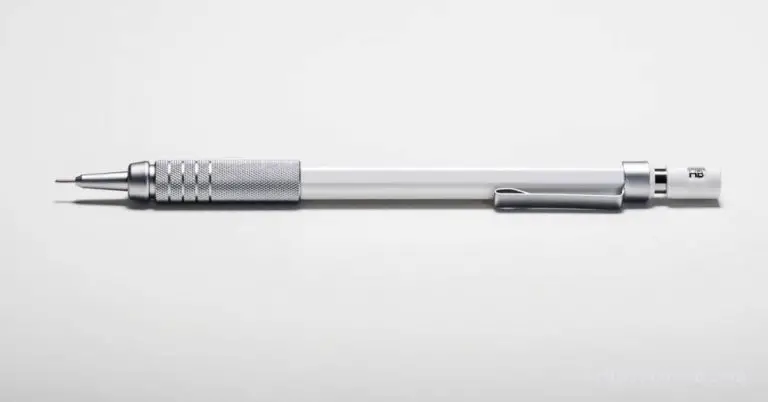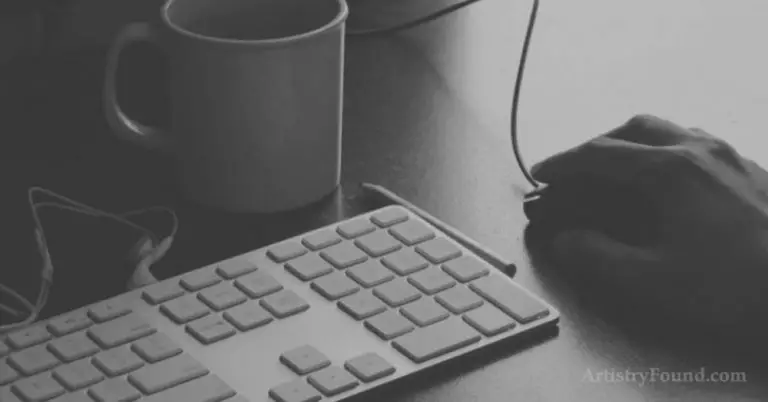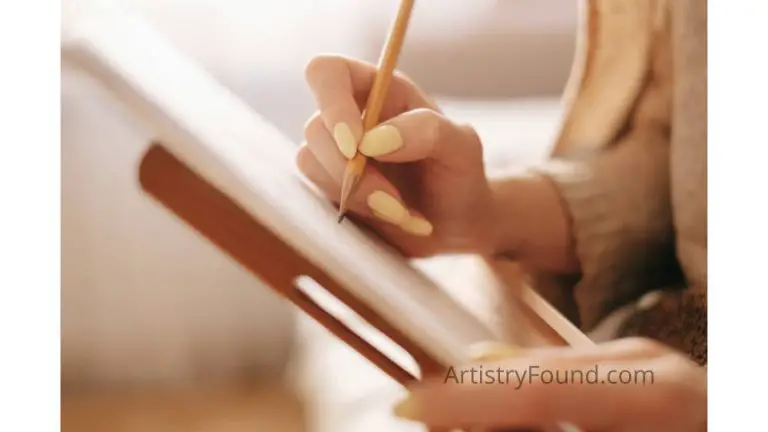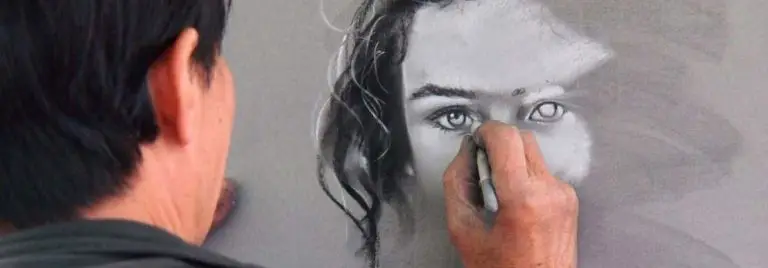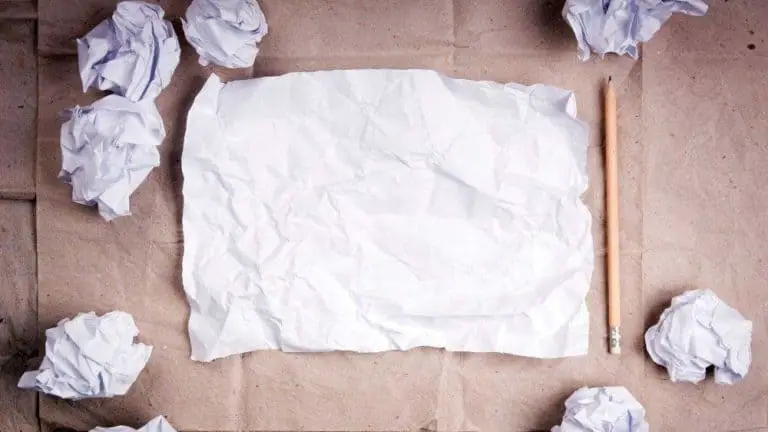Can You Actually Forget How To Draw? (Problem Solved!)
As an artist who works in many different mediums, I have experienced times where it feels as though I have completely forgotten how to draw. And since drawing is the fundamental backbone of almost all art, this can feel very disheartening.
Without regular practice, your drawing skills can become weaker over time, making it feel as though you have forgotten how to draw. Repetition and memory are closely linked, and skills can be improved with daily practice. Focusing on another aspect of art can also give your tired brain a break.
Just a quick search through artists’ forums will show you that this is a problem that is not unique, and many illustrators have come up with ways to help them get past this. My own setbacks have given me the skills to punch through that feeling of having lost my ability to draw.
If you experience the sudden and demoralizing setback when you put pencil to paper and it feels as though everything you draw comes out terribly, take heart in knowing that you are not alone. Other artists have gone through the same thing, and it is unlikely you have completely forgotten how to draw.
Fortunately, there are exercises and techniques to help break you through your block.
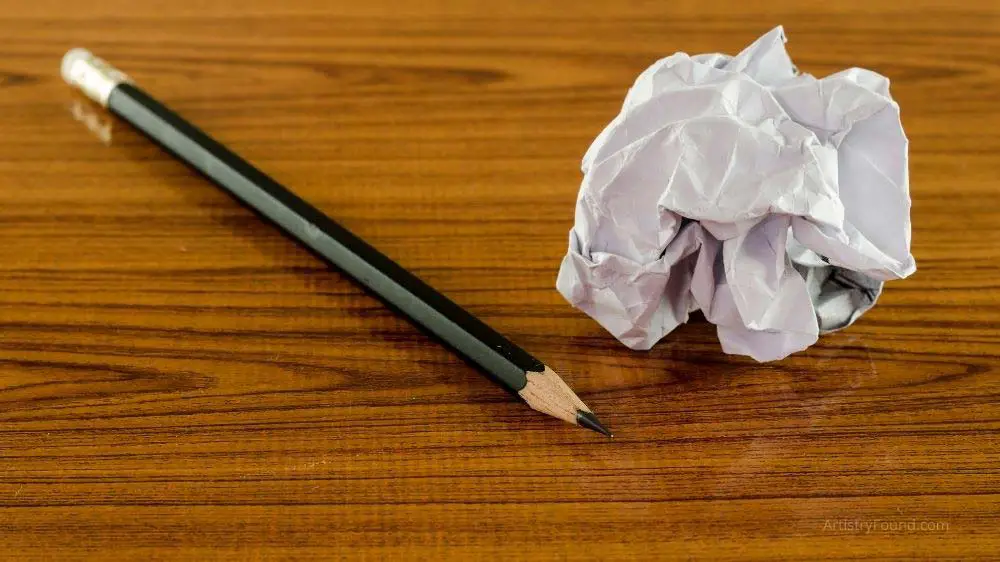
(This article may contain affiliate links and I may earn a commission if you make a purchase)
Is it Possible to Forget How to Draw?
Many artists go through frustrating periods where it feels as though their most basic skill has deserted them. Every time they sit down to a drawing, what comes out is not remotely up to their usual standards, and it feels as though their brains have lost their ability to do something they were once capable of doing.
Only in rare cases has an artist forgotten how to draw. Memory loss – and the skills that go with it – could occur due to aging diseases like Alzheimer’s or Dementia, or as a result of a traumatic brain injury.
These are things that will need to be evaluated and treated with specialist care. For example, a person struggling to do basic tasks like putting pen to paper will have difficulty drawing as they used to.
Surprisingly, stress, anxiety, depression, and sleeping problems can also affect memory. So it may well be that you are making the situation even worse by stressing yourself out over your sudden loss of skills.
What most of us experience is more akin to a writer experiencing writer’s block. We get an art block that gets in the way of our ability to utilize the skills we have built over the years. The frustration often causes us to give up, and the lack of practice makes our drawings devolve further.
Muscle memory, hand-eye coordination, and the ability to ‘see’ how a drawing works are skills that are improved with regular practice. We can get rusty at these when we don’t spend time practicing the correct way.
There are ways we can train our brains to get past this art block and methods to undo the backward progress in our drawing.
Why Are My Drawings Getting Worse?
Sometimes even though we feel we are putting in regular daily practice with our art, it seems as though our drawings are getting worse. This goes against every idea we have about practice making perfect.
When you build skills by repeating a movement, we call this muscle memory, though it really has little to do with muscles and more about the connections in your brain. Many people talk of the need for repeating practice over and over again to become better at a specific task, but in reality, your brain will not know if you teach it the correct or incorrect technique. If you spend hours each day drawing badly, you are effectively training your brain to draw worse.
If you have noticed a decrease in your drawing ability, you may find that you have to rest and retrain your brain before you see your skills improve again.
Can You Lose Your Drawing Skills?
Like any skill, if you take a long break from drawing, it can feel as though you have lost that drawing skill when you return. Drawing ability will come back with regular practice, but before you dive deep into hours of drawing a day, consider breaking your practice times down into shorter, more manageable intervals.
Don’t expect to come back after three years off from art and be able to spend hours working on a masterpiece. Perhaps set up two fifteen-minute practice sessions each day or a goal of one sketch in your sketchbook daily.
If you are returning to drawing after a long time away, I’d suggest taking a short introductory course in drawing just to ease yourself back into proper technique. Some people find it helps to have the safety net of guided practice to keep them on track when they feel frustrated.
Sometimes when I lose my drawing skills suddenly, I usually find it’s because I’ve been spending too much time concentrating on only one style of art or a singular medium. It’s almost as though my brain is telling me it has had enough!
Tips for Improving Your Drawing
1: Keep a daily sketchbook.
Try keeping a small sketchbook and a pencil or pen in your bag or pocket. Aim to do a quick sketch every day. It doesn’t have to be anything more than a simple line drawing or a small study of an object. This will help you build back up to bigger, more complex drawings.
2: Copy the masters.
In the past, apprentices in art trained by copying the work of their masters. This is something you can still do today, especially as most famous paintings and drawings are available online. See what makes these influential drawings work by emulating them.
3: Switch to a different medium.
Sometimes you simply need a break. If you usually draw portraits in pencil, mix it up by taking some life-drawing classes in charcoal or working on a series of still life sketches in ink. Try drawing on a different scale to what you’re used to. If you usually draw small sketches with a pen, try working on a large canvas with chalk pastel.
4: Learn new techniques.
Especially for self-taught artists, it helps to go and learn some of the beginner techniques taught in art schools. Even those who previously studied can benefit from a refresher course. Learn about drawing using negative space, or try drawing with a ballpoint pen without lifting your hand from the paper. Learn from other illustrators and artists about their tips on materials, line, control, marking types, and other techniques.
5: Take a Life Drawing Class
There are often group life-drawing classes available aimed at a variety of levels. A good class will have a teacher who can guide you in proper technique, spot errors and help you learn to correct them, and guide you through a set course designed to improve your ability. You can usually find out about these via community centers, art supply shop notice boards, and online through art training sites.
6: Utilize Youtube
In our online era, a particularly useful thing I’ve found is to go to youtube and type in a search for drawing techniques. Many artists have channels dedicated to sharing their knowledge and often provide tutorials and examples of their method of drawing through ‘speedpaints’.
Conclusion
While it can certainly feel as though you have forgotten how to draw, in reality, it’s more likely you need to brush up on technique, practice better, or try a new medium or art style for a while. Take it easy on yourself, as adding in extra stress will only decrease your ability to draw.
More From Artistry Found
References:
https://www.ncbi.nlm.nih.gov/pmc/articles/PMC4015335/
https://www.creativebloq.com/illustration/sketching-tips-beginners-81516497




